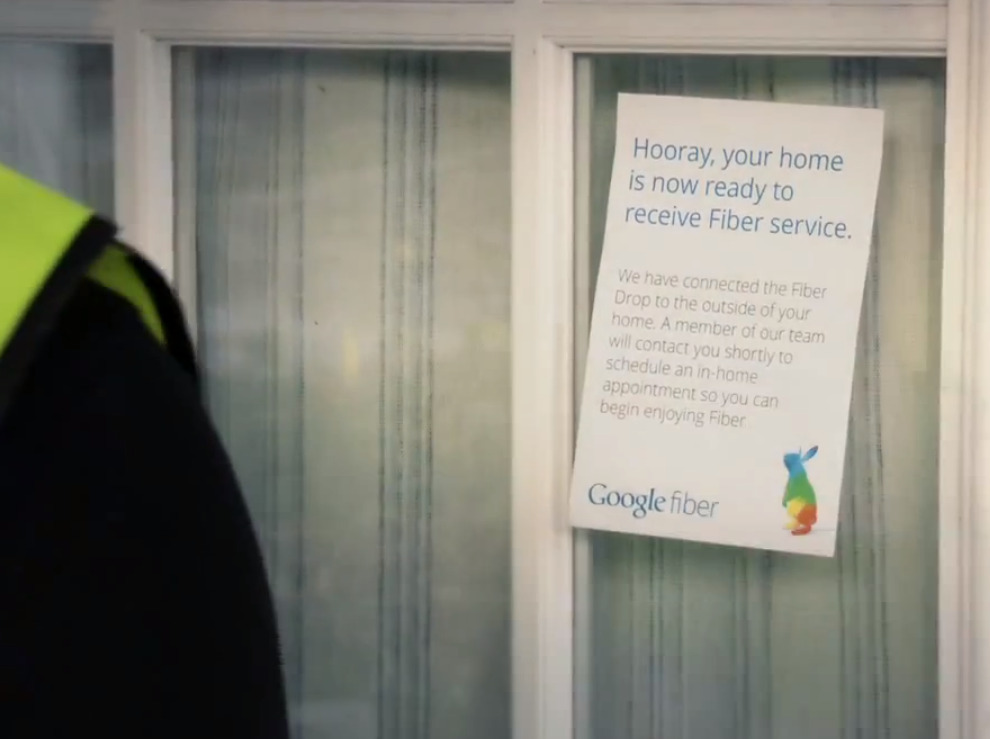Google Fiber's Potential Achilles' Heel
Everything we've read about Google Fiber suggests that it really is a beast of an Internet service that positively blows away every other service offered in the United States today. Jackdaw Research analyst Jan Dawson, who lives in Provo, Utah and who has been a Google Fiber subscriber for months, confirms early reviews suggesting that Google Fiber is the fastest service in all the land. However, he also identifies a potential Achilles' heel for Google Fiber: Namely, most Wi-Fi routers aren't powerful enough to push out data anywhere close to the rate that Google Fiber is pushing it out to your device via wireline.
"Right next to the Network Box (which also acts as a WiFi router) I get about a tenth of the download speed compared to being hard-wired, and about a third of the upload speed," Dawson writes. "Down in the basement, the speed drops further, and down a long hallway in my home office, the Google-provided router is completely useless. 60 feet away, the signal is so poor as to be unusable, and I've had to use my own router instead. That router provides 30-40Mbit/s up and down, which is OK but a far cry from gigabit speeds."
This is obviously an issue since many of us are accustomed to bringing our laptops, tablets and smartphones with us around the house and not having them hooked up to a wireline connection. Things should improve once more high-speed Wi-Fi routers are available but for the time being it looks like some of Google Fiber's tremendous capabilities will be limited over Wi-Fi.
